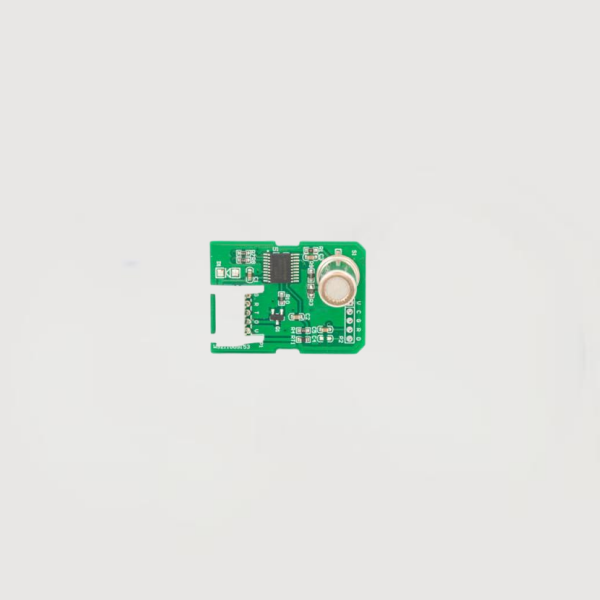

 News
News Industry News
Industry NewsFrom air conditioners that bring a cool breeze to refrigerators that store fresh, cool food; from centralized cooling of entire buildings to on-demand cold chain logistics—refrigeration technology has become deeply integrated into every aspect of daily life and is ubiquitous.
Regardless of the type of refrigeration equipment or its application, refrigerants are at its core. With evaporation or boiling temperatures far lower than water, refrigerants can quickly absorb heat from the surrounding environment, achieving efficient cooling.
In the early days, refrigerants commonly used in industry and daily life were mostly halogenated hydrocarbons such as chlorofluorocarbons (CFCs), but also included ammonia, sulfur dioxide, and some non-halogenated hydrocarbons. These substances can damage the atmospheric ozone layer or be toxic or irritating to the human body. Once a leak occurs in the refrigeration cycle, even a leak as small as 10 microns can have serious consequences.
With the gradual phase-out of traditional refrigerants such as R22, newer refrigerants such as R410A, R134a, R290, and R32 have begun to enter the market. However, the flammability of refrigerants such as R290 and R32 presents new safety risks—a small leak can trigger an irreversible accident.
In recent years, safety incidents such as explosions and fires caused by refrigerant leaks have become frequent. Affected individuals often suffer from symptoms such as suffocation and poisoning, leading to widespread fear of leaks.
Therefore, accurately, quickly, scientifically, and professionally detecting leaks and implementing effective countermeasures are crucial. Tensensor refrigerant gas sensors are a technical solution designed to address this challenge.
TX210-Q201 Refrigerant Gas Detection Module

TX210-Q211 Refrigerant gas detection module

GRT510 Refrigerant detection module

For more solutions of refrigerants, pls feel free to contact us~